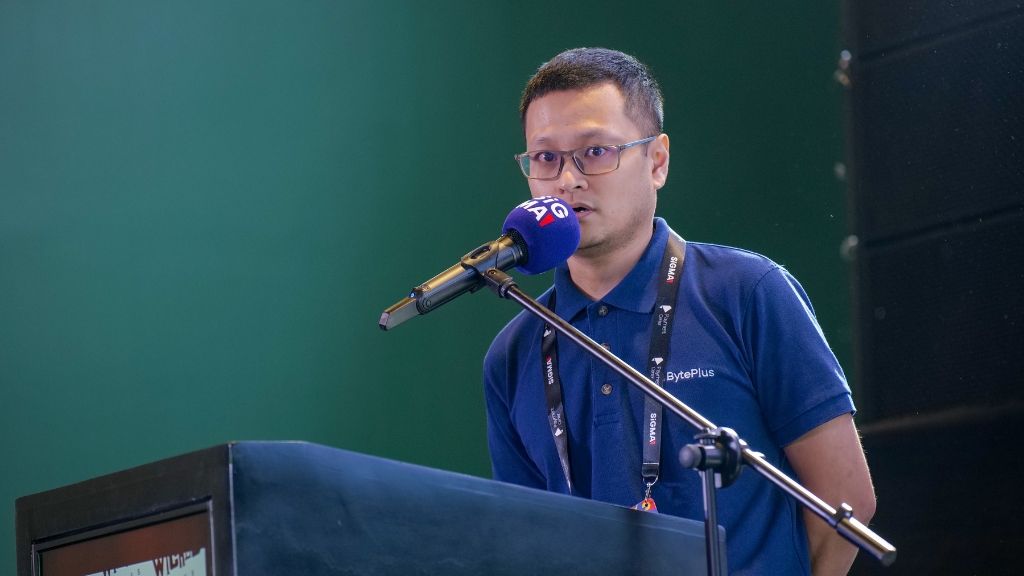- Summits
- EAST EUROPEBudapest02-04 September 2024

- EUROPEValletta11-14 November 2024

- EURASIADubai23-25 February 2025

- AFRICACape Town10-12 March 2025

- AMERICASSão Paulo07-10 April 2025

- ASIAManila01-04 June 2025

- News & Media
- SiGMA News
- Print & Digital
- SiGMA Media
- Directory
- Exhibiting Partners
- SiGMA’s Affiliate Club
- Selling your business?
- Foundation
- M & A Brokerage
- About Us
- Who we are
- How we help
- Let’s connect
In April 2024, TESTA presented its live dealer load times performance report from eight key Asian iGaming markets. The report provides an overview of our findings, sheds light on key market trends, and helps providers understand the performance they need to compete in emerging Asian markets.
The interview below with Mike Lo is an excerpt from the full report that goes beyond the load time benchmarks and trends and gets into what report’s findings mean for operators and providers seeking success in Asia.
Mike Lo works with TESTA via its sister company, Jigentec. He’s a seasoned expert in solutions delivery and has 15 years of experience providing internet solutions in Asia for iGaming clients.
First of all, Mike, why do load times matter?
Mike: I always say that load time optimization is like the front door to your casino. It sets the tone for the entire user experience. If players have to wait for games to load, they’re likely to bounce right off to a competitor. Providers need to prioritize this by optimizing code, compressing assets, and leveraging technologies like CDNs to optimize loading times.

First impressions do matter. This year’s Live Dealer Load Times Report shows a lot of variability across the region. How should providers approach the unique demands of each Asian country?
Mike: This is where understanding the local landscape becomes really important. From internet infrastructure to cultural stuff, every market in Asia is unique. Providers should invest in market research to understand market dynamics and player preferences, and then tailor their games as best as they can. There’s some low hanging fruit they can go after first. For example, in markets with slower internet speeds, offering lighter versions of games or optimizing for mobile play can make a big difference.
Ok, makes sense. What else can they do? I’ve heard you say server location and livestream protocols should prioritized.
Mike: Yes, that’s true. In our experience those two things are the problems that can be checked and optimized first. It’s all about reducing latency and ensuring seamless streaming. By deploying regional server hubs closer to players, providers can minimize delays. The closer the better.
For the livestream protocols, selecting the right one, like HLS for Apple or DASH for Android, for example, can make a big difference for optimizing performance across different devices. So first off, it’s all about speed and compatibility. If you get those things right, you’re on your way.
Making sure the media player UI supports adaptive resolution is a bit of a no-brainer these days but still something to check, correct?
Mike: It’s surprising to see a media player without it these days, yes, but it does happen. Adaptive resolution is key. By dynamically adjusting resolution based on network conditions, providers can ensure smooth gameplay even on shaky connections. Giving hands-on control to the player is definitely a best practice. And besides that, simplicity is key. Streamlining the interface and minimizing distractions are good ways to enhance the UX and keep players engaged.
For network infrastructure, how can providers deliver consistent performance across diverse markets?
Mike: It’s a balancing act. Providers need to account for variations in network infrastructure and optimize their games accordingly. This might mean offering lower bitrate streams for markets with slower connections or investing in technologies like peer-to-peer networking to reduce strain on servers. Flexibility and adaptability are key.
Ok. Same thing could be said about device variability, right? From market to market we see a lot of variation and that can really impact user experience.
Mike: Absolutely, it’s crucial to adapt game infrastructure specifically for the devices prevalent in each market. Take Japan, for example, where mobile usage is incredibly high. The focus should be on ensuring our games run smoothly on mobile devices, optimizing for the popular browsers and operating systems used there.
And what about regions with high-speed internet and lots of desktop users like South Korea?
Mike: In South Korea, where the internet is super fast, we have a great opportunity to enhance the iGaming experience by focusing on high-resolution and low-latency streaming. This way, we can meet the local players’ expectations for stream quality and responsiveness, really taking advantage of the advanced infrastructure.

So it’s all about understanding the specific needs of each landscape and user habits of each market, then customizing the approach.
Mike: Yes, exactly! By tailoring technology to fit these local conditions, you can provide a much better user experience and potentially increase market share in these regions. It’s about striking the right balance based on what’s most popular and effective in each market.
The future of live dealer software in Asia
Asia’s iGaming market offers immense growth potential, particularly in live dealer software. Success depends on delivering diverse, seamless live dealer games. Providers can thrive by leveraging insights from this report and optimizing their strategies. TESTA, as an industry partner, aims to provide relevant crowdsourced solutions, emphasizing continual innovation and adaptation for competitiveness and growth in Asia’s live dealer game sector.
SiGMA East Europe Summit
Find out more about the latest updates and trends in the industry, from latest regulatory news to most recent innovations at the upcoming SiGMA East Europe Summit happening in Budapest from 2 – 4 September.
Recommended for you























